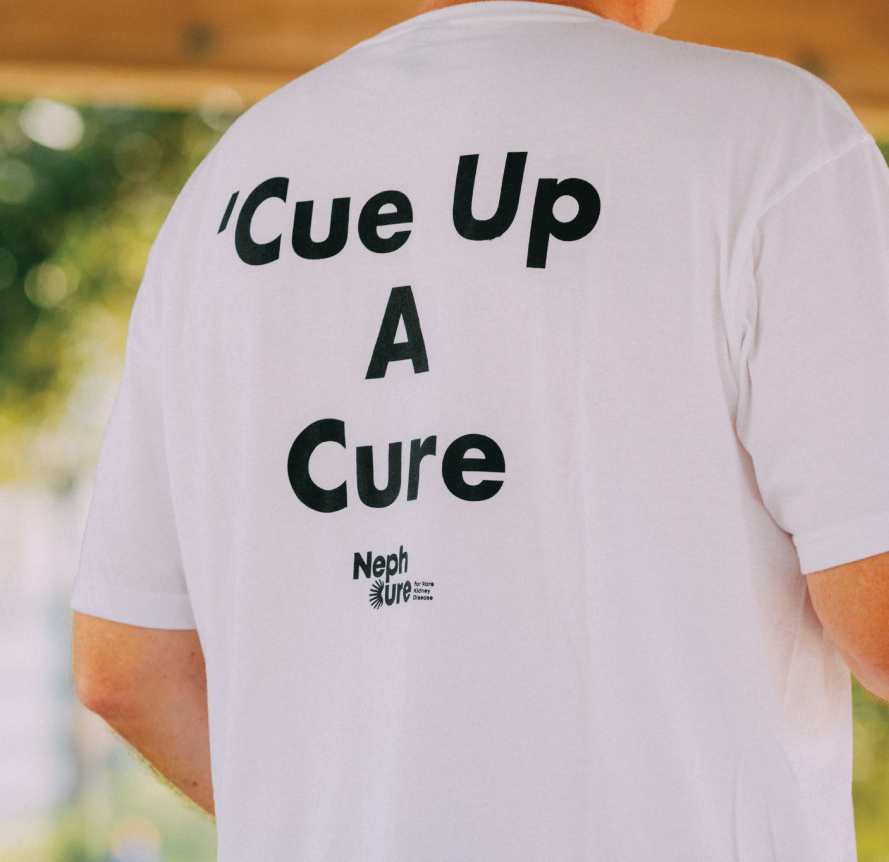FSGS & Rare Kidney Disease
About FSGS & RKD
Breaking down Focal Segmental Glomerulosclerosis
Focal Segmental Glomerulosclerosis (FSGS) is a rare disease that attacks the kidney’s filtering system, causing severe scarring. It is one of the causes of a serious condition known as Nephrotic Syndrome, a kidney disorder that causes the body to pass too much protein in the urine.
Everyone has two kidneys, each holding approximately one million tiny filters called “glomeruli.” Similar to the way a coffee filter keeps coffee grounds in, glomeruli keep valuable cells and protein in the blood. When glomeruli become damaged and hardened “sclerosis,” the tissues become scarred and stiff. So, instead of filtering out waste and excess fluid as they should, proteins begin leaking into the urine (proteinuria), causing fluid to accumulate in the body. Prolonged protein leakage can lead to kidney damage and even failure.

One life-altering disease and a mission to find its cure.
Focal = some
Segmental = sections
Glomerulo = of kidney filters
Sclerosis = are scarred
What are some symptoms of FSGS?
FSGS symptoms can vary from person to person. Here are some known symptoms:
- swelling in parts of the body, most noticeable around the eyes, hands and feet, that can become painful
- fatigue
- weakness in the body
- foamy urine
- high cholesterol
- high blood pressure
- susceptible to infection
HOW IS FSGS TREATED?
Currently, there are no FDA-approved treatments specific to FSGS, but a steroid called prednisone or prednisolone is usually given to control proteinuria. A nephrologist may also recommend medications that suppress your immune system, diuretics and low salt diet to help control the swelling of the body, a medication that blocks a hormone system called the renin-angiotensin system (ACE inhibitor or ARB) to control blood pressure or lower urine protein, anticoagulants to prevent blood clots, or statins to lower the cholesterol level. It’s also important for patients to maintain a healthy diet, exercise, take vitamins, and avoid smoking.

FSGS Facts
- More than 5,400 patients are diagnosed with FSGS every year.
- FSGS is the second leading cause of pediatric kidney failure.
- About 50% of FSGS patients who do not respond to steroids go into end-stage renal disease (ESRD) each year, requiring dialysis or transplantation.
- NephCure estimates that there are currently more than 20,000 people living with ESRD due to FSGS.
- FSGS is associated with up to 20% of all new cases of Nephrotic Syndrome in children each year.
- Approximately 1,000 FSGS patients a year receive kidney transplants. However, within hours to weeks after the transplant, FSGS returns in up to 30-50% of patients